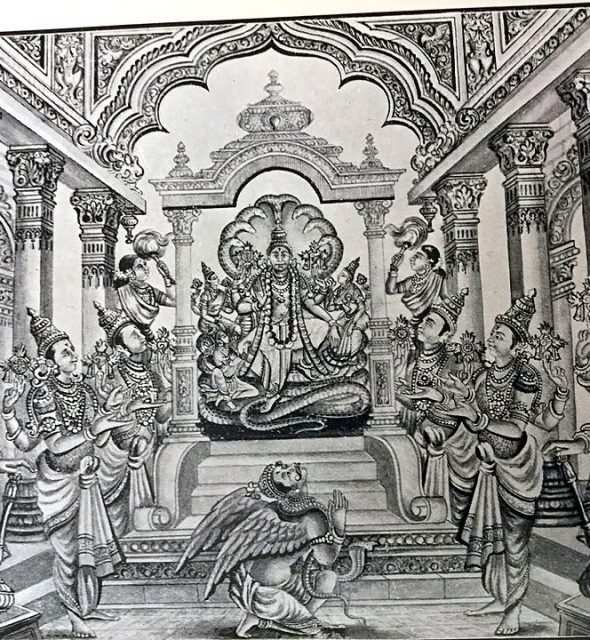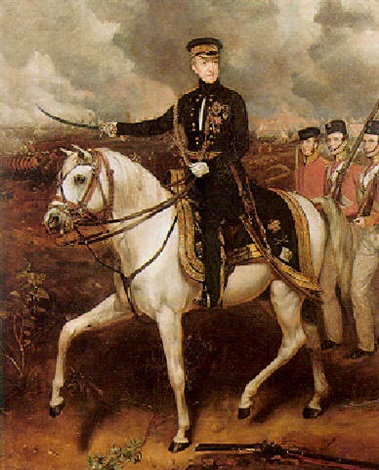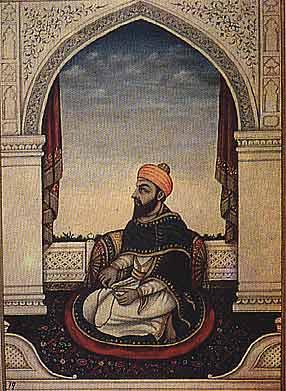
BAIKUNTHA (VAIKUNTHA) Everyone talks of going there, but I do not know the situation of Baikuntha. They do not know their own secrets, they only mention Baikuntha in their talk. As long as the mind hopes to go to Baikuntha, till that time, it cannot abide at the Feet of the Lord. I do not know the temple of Baikuntha, its moat, citadel and the plaster. Except this what can we say, says Kabir, that only the Saab Sangat (congregation) is the Baikuntha.
ELLENBOROUGH, LORD EDWARD LAW (1790-1871), Governor General of India (1842-44), son of Edward Law, Baron Ellen borough, Lord Chief Justice of England, was born on 8 September 1790. He was educated at Eton and at St John`s College, Cambridge. He became a member of the House of Lords in 1818. He was appointed Lord Privy Seal in 1828 and president of the Board of Control (1828-30) whence began his connection with Indian affairs. He succeeded Lord Auckland as Governor General of India in February 1842. On his arrival in India, Lord Ellenborough found himself confronted with an alarming situation in Afghanistan and northwest frontier.











